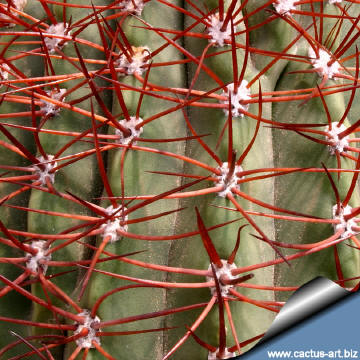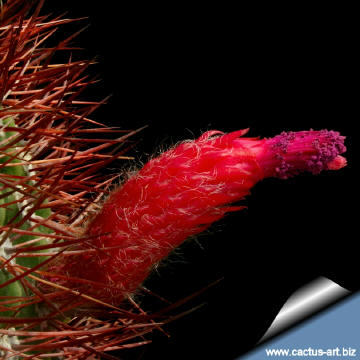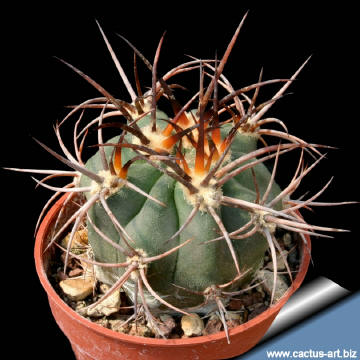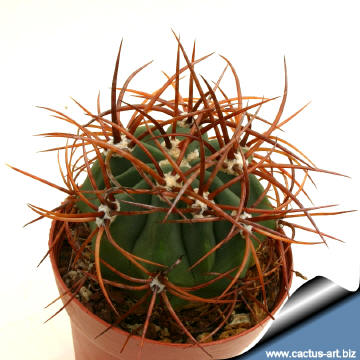-
x
Descrizione
Il nome "rhodacantha" è formato da due parole greche che significano "spina rossa" in riferimento al colore bruno-rossiccio delle spine giovanili di questa specie. E' un grosso cactus a crescita lenta che col tempo può crescere in forma di colonna. Family: Cactaceae (Cactus Family) Scientific name: Denmoza rhodacantha, (Salm-Dyck) Britton & Rose 1922 Origin: Widespread throughout the mountains of Argentina (Mendoza to Salta) at 2000- 2800 m of elevation. Conservation status: Listed in CITES appendix 2. Etymology: The name of the genus is an anagram of the north-western province of Mendoza. Taxonomy: The genus Denmoza comprises only one species allied to Cleistocactus, but it has also been referred to Echinopsis, Cereus, Echinocactus and Pilocereus. The plants described as Pilocereus erythrocephalus and later transferred to Denmoza has sometimes, for instance by Backeberg, been considered as another species of the genus. D. rhodacantha changes considerably in the habit with age. The description of D. rhodacantha refers to young plants having strong spines in areoles. Old plants of the same species with multiple number of spines and sometimes with thin, 6 cm long bristly spines correspond to the description of D. erythrosepala.
| |
| Description: Demnozas is a large slowly growing columnar cactus. It stay globulous during a long period before becoming shortly column-shaped, 0.5 to 1.5 cm high. | |
| The spines shape and colour of this species is variable. D. rhodacantha also changes considerably in the habit with age and the old specimen after many years start producing long white bristle. Cultivation: D. rhodacantha is very slow growing cactus but requires no special condition in cultivation, need full sun and a very draining soil. | |

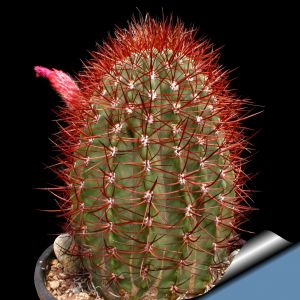
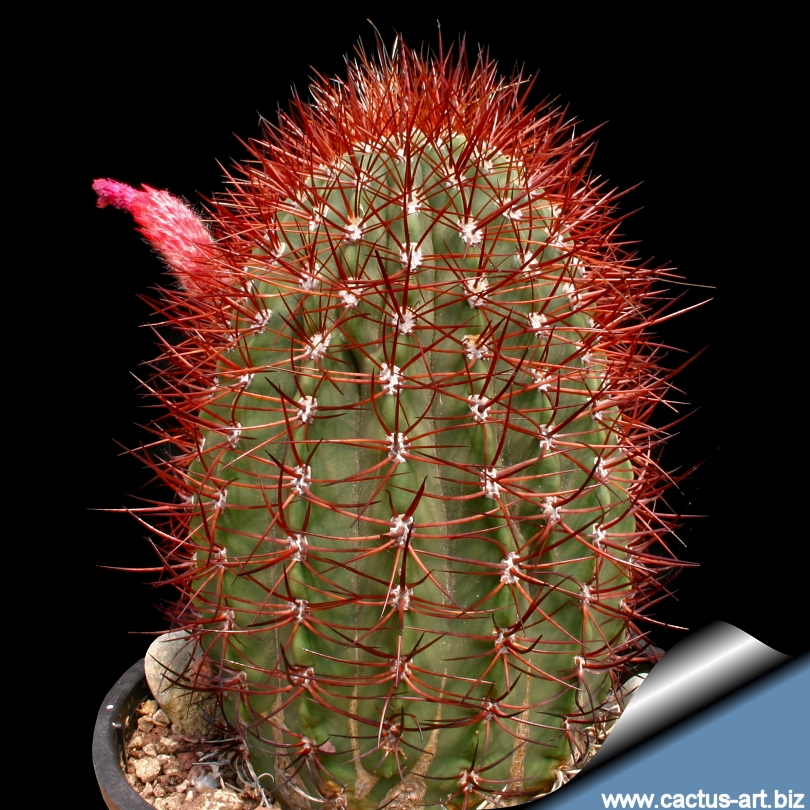 Denmoza rhodacantha
Denmoza rhodacantha 